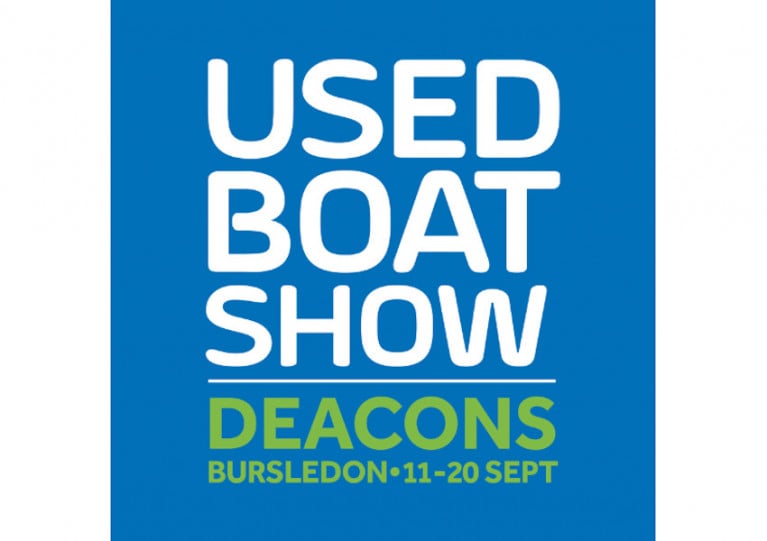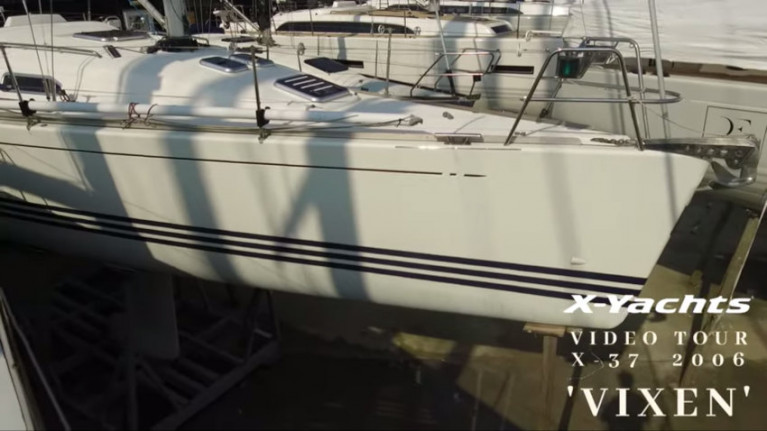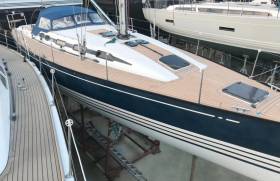Displaying items by tag: PreOwned
Used Boat Market Joins Southampton’s September Show Schedule
Preowned boats will get their own marketplace during next month’s boat shows in Southampton.
Why Boats’ Used Boat Show at Deacons in Bursledon on the Hamble will run from 11-20 September concurrently with Boats 2020, the ‘alternative’ event replacing this year’s Southampton International Boat Show, not to mention The Ocean Village Boat Show at MLD Marinas.
Open daily from 10am to 6pm, the Used Boat Show will showcase the range of used boats to visitors while maintaining all practical precautions against coronavirus, ensuring safety for show staff, sellers and potential buyers alike.
“It’s a great time for anyone who is looking to sell their boat,” says Why Boats director Ian Watkins. “The market is really buoyant and currently there is a real demand for used boats, both power and sail.
“Listing your boat for the show is very simple, just give us a call and we’ll do the rest.”
For a £150 listing fee, sellers will get a discount on commission (5% plus VAT) as well as a free lift, scrub and block off, one-month free storage ashore and 25% off storage ashore until 31 December.
For more details see WhyBoats.com
X-Yachts Gives Video Tour Of Pre-Owned X-37 ‘Vixen’
X-Yachts has posted a video tour of the 2006 model X-37, Vixen — one of many pre-owned and new yachts for purchase from the Dutch performance builder’s UK office at Hamble Point Marina.
Build number #65 was commissioned in 2006 and comes with a while hull with X-Yachts’ famous blue stripes, and a 2.3m L-shaped keel.
Other features include a standard aluminium, mast furling forestay, and race forestay option.
The cockpit is furnished in teak, as is the bathing platform (with white nonslip on side decks) and coachroof top.
Below decks, Vixen boasts two cabins with one heads, a classic layout with U-shaped galley and the owner’s berth forward.
Vixen has been owned three times previously, and the most recent owner based the boat in the Solent for short-handed cruises to the UK’s West Country, the Channel Islands and Brittany.
They added: “She is an elegant and very comfortable boat who looks after her crew in all conditions.”
Until current restrictions against coronavirus are relaxed to allow for in-person viewing, X-Yachts aims to provide more online video tours for a more in-depth look at its pre-owned and new yachts such as Vixen and the XC42 from 2014, Moonfish, which was presented earlier this month.
During the current movement restrictions, appraisal non-destruct surveys for pre-owned yachts (with no deposit payment) are being granted.
Purchase contracts can also be executed (both new or pre-owned) with a refundable deposit until yacht viewing or detailed survey where applicable.
X-Yachts’ Spring Pre-Owned Range Is Sure To Appeal
Whether you are itching to take part in the 2019 ARC, eager for an exhilarating race campaign or looking to relax and cruise the Mediterranean, the X-Yachts GB & Ireland pre-owned range can offer a selection of well presented yachts to suit.
The latest selection includes this race-ready X-50 2005 with new rod rigging, lying at Hamble Point Marina and available for £260,000 VAT paid (€301,535).
X-46s are available from Denia in Spain and Chatham in Kent, while those more cruise-minded might be interested in the Xc45 2011 at Hamble Point currently under offer, or the X-442 2003 with new synthetic teak decks.
Find the full range displayed on the X-Yachts website. For For more information or to discuss your requirements, contact Stuart Abernethy at +44 (0)23 8045 3377 or email [email protected].
All Eyes on Dubai for Pre-Owned Boat Show
#TRADE NEWS - Growing demand in the Middle East for pre-owned boats is creating a new market for yacht owners looking to sell, as UAE's The National reports.
This weekend's second-hand boat trade show at Dubai Creek Marina is expecting more than 7,000 visitors to peruse the more than 85 vessels on display, comprising the widest selection of boats for sale.
For this year the retail area has been expanded by 20% to make room for new retailers and exhibitors, including a new zone for personal water craft such as Jet Skis.
"There is a lot more demand [in the Middle East] for second-hand boats than new boats. The market has been growing, we have a lot of people from Qatar, Saudi Arabia, Bahrain who come to Dubai to buy a boat," said marina operations manager Abdulla Ali Al Noon.
It's a market that's being increasingly sought by Irish dealers, too, following MGM Boats' visit to the UAE for the Dubai International Boat Show this past St Patrick's weekend.
One of the companies participating in the pre-owned show this year is Al Marakeb Boat Manufacturing, whose Nour Al Sayyed says: "The crowd at the show are people who already know they're buying a boat, it's just a matter of picking one."
The National has more on the story HERE.
































































